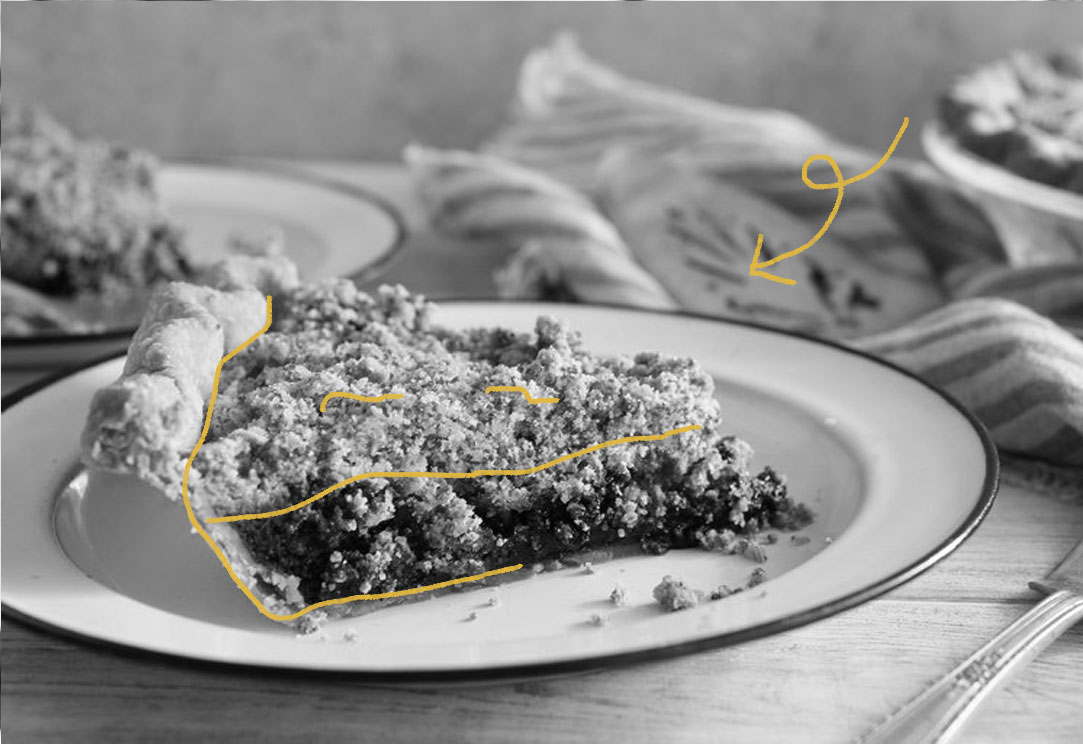Shoofly pie is thought to have been developed by the Pennsylvania Dutch in the late 1800s. Reportedly, the pie was derived from the recipe for the centennial cake, which was created to mark the centennial anniversary of the signing of the Declaration of Independence. Notably, the Pennsylvania Dutch version added a pie crust to make the dessert possible to eat without plates or cutlery. Originally, shoofly pie was a breakfast dish and was often enjoyed with (or dunked in) hot coffee, but today it is far more popular as a dessert. It’s not clear how the pie got its unusual name, but there are a few theories. Some people believe that the name came about because bakers would have to shoo flies away from cooling pies. However, it is thought that these pies were originally made in the winter (since the recipe did not call for perishables), so it’s not clear where the flies would be coming from during that time of year. Another theory holds that the pie was named after Shoofly the Boxing Mule, a famous boxing mule that was part of a Dutch Country traveling circus in the late 1800s. Shoofly was so popular that several products were named after him, including a brand of molasses that very well may have been used to make shoofly pie! (Interestingly, Shoofly himself likely got his name from a folk song called "Shoo, Fly, Don't Bother Me!" that was popular at the time.) Today, shoofly pie remains a staple dessert in Pennsylvania Dutch communities and many recipes for this American classic are available online and in cookbooks.

Your go-to guide for weird history facts
Subscribe to the FREE daily email that makes learning about history fun.


